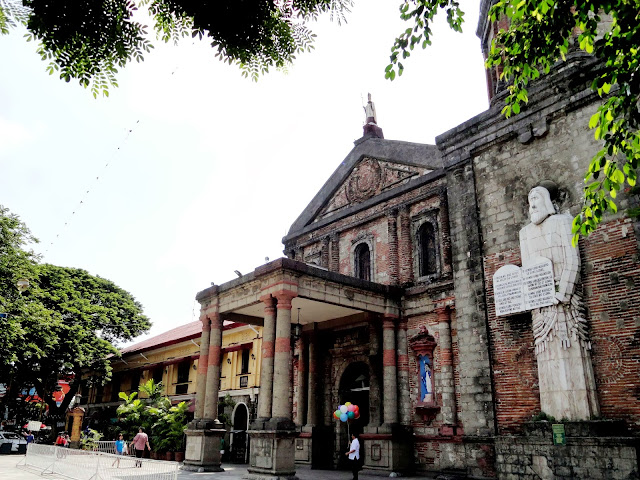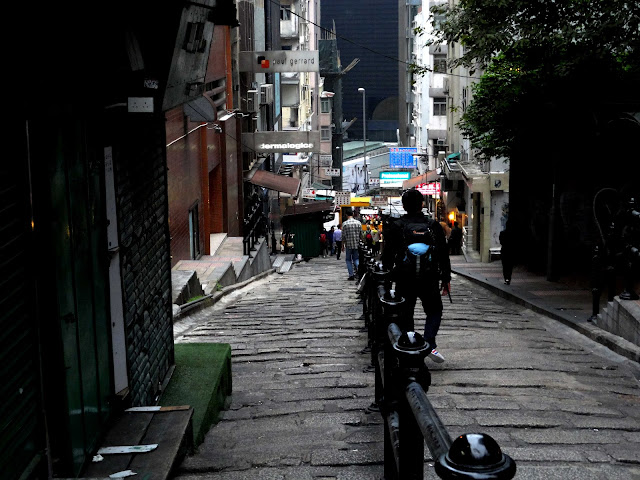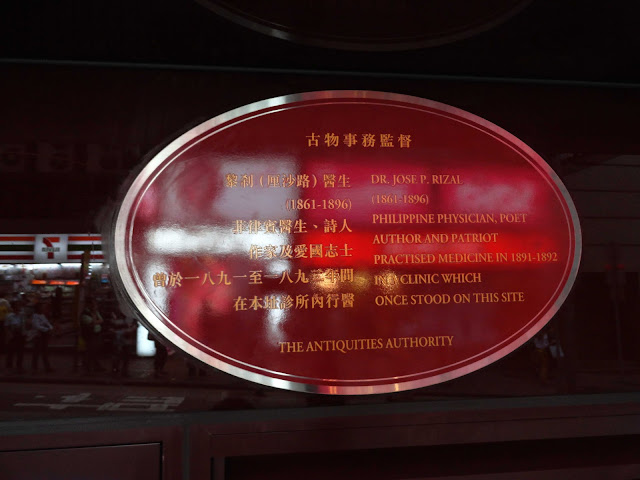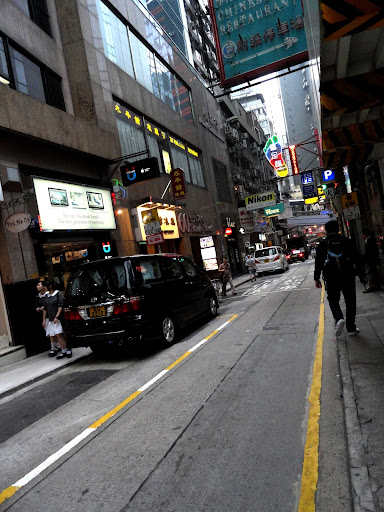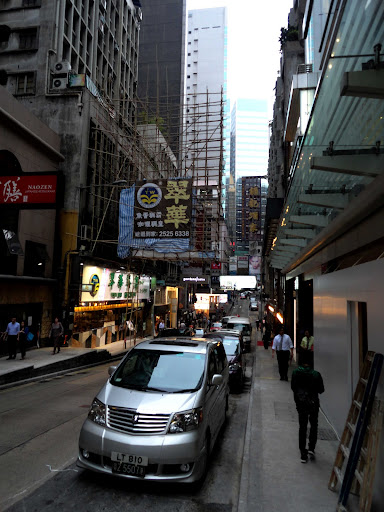The villa sits in a residential area. It is in Balestier (near Novena, a Catholic church popular among Filipinos) named after US Consul Joseph Balestier, a huge chunk of the estate was made into his botanical garden. Balestier was married to Maria Revere, daughter of one of US’s founding father, Paul Revere.
Last month, I visited the historic villa that became the Singapore headquarters of Dr. Sun Yat-sen. I found out about this place from a Chinese-Singaporean cab driver who I met three years ago.
While he drives his cab here in the Lion City, his Filipino family is in Iloílo. The daughter studies in a Chinese school (I couldn’t remember if it was Iloílo Sun Yat-sen High School).
He told me that he intends to retire in his wife’s native province. Not a bad idea. I would likely do the same, I said. He then went on to talk about Dr. Sun. His knowledge of the Chinese revolutionary was impressive. He said it comes from his parents who revered China’s “forerunner of democratic revolution”.
When we passed by the Balestier area, he told me that there’s a house there where Dr. Sun stayed. Officially, he only visited it a total of nine times.
Dr. Sun and his Filipino connection
There’s this delightful photo of Dr. Sun and Mariano Ponce wherein the former was dressed in a Western-style suit while the latter, looking rather like a Japanese, was wearing a kimono. Those who don’t know both patriots won’t be able to tell the difference. They shared a deep friendship. One of the first biographies on Dr. Sun was penned by Ponce himself.
Dr. Sun assisted the Filipinos in procuring arms from Japan. Most of these did not reach its buyers. The ship carrying the arms sank in Chinese seas. Some of the salvaged guns and ammunition ended up in the hands of Chinese revolutionaries.
I visited Dr. Sun’s Penang headquarters two years ago. I didn’t intend to see it, but we stayed close to it. The series of defeats made solicitations in Singapore difficult; Dr. Sun had to move his nerve center.
Penang (Georgetown) is cashing in on their Sun Yat Sen connection. They have tours going on in places that are linked to him. He is a popular historical figure among the Chinese–their version of José Rizal. Both lived in the same era, they were contemporaries. But they never met. Judging from their renown, I am sure that they had heard about each other.
Dr. Sun (middle seated) surrounded by his Singapore crew. The guy knows how to dress. Good looking fella. (Photo taken from the Sun Yat Sen Nanyang Memorial Hall)
The Villa in Balestier
The villa owner at the turn of the century was the rubber magnate and Dr. Sun supporter, Teo Eng Hock. He purchased it for his mother as a retirement home (it was called Wan Qing Yuan). Teo is the great granduncle of Singapore Deputy Prime Minister Teo Chee Hean (I saw how this man campaigned because we used to live in Punggol, his constituency, and we were startled to see how tall he was in person — the guy can play basketball center!).
When Teo Eng Hock learned that Dr. Sun chose Singapore to be the center of his campaign, he offered his villa, and the mother was OK with it. Balestier at that time was considered outskirts; there was not a lot of happenings in the area.
They just don’t make things like this anymore. Look at the details and finish. Singapore not only preserved this villa but made sure that it would last for another one hundred years. When it comes to restoration and re-use of heritage structure, no one comes close (in the region) to how Singaporeans does it.
It is a stately mansion (we Filipinos used this word). From its veranda, once could probably see the rubber plantations and all the natural beauty old Singapore once had. The art deco shop houses in the area are worth seeing.
The two-tiered colonial style villa changed hands a few times. A group of Chinese businessmen bought it, then handed it over to the Chinese chamber of commerce. During the Japanese occupation, it became a communications office.
The first floor exhibits the story behind the Singapore operations and its contributions to the revolution. The second floor features the room believed to be used by Dr. Sun. There’s also the “Reading Room” where revolutionaries brought the Chinese in Singapore to be indoctrinated and educated.
Dr, Sun’s republic is most likely closer to the wester ideals than to the Chinese model we have today. He spent a considerable amount of his younger years in Hawaii where he became a Protestant Christian. When he got back to his bucolic Chinese village he openly criticized old religious practices and even attacked temples. I am sure he also learned how to surf! Mahalo!
Model restoration
We Filipinos could learn a thing or two from Singapore’s heritage conservation. They create clear and viable plans, there’s vision on how historical buildings are managed. Singapore’s museums and heritage sites rank among the best in the world.
There’s but one board that decides which building and monuments are to be preserved. Once a decision is made for a monument or building to be gazetted (for conservation by a technical group capable of doing so, and for public education by relevant agencies), they follow three simple rules: maximum retention, sensitive restoration, and careful repair. Throughout the process, from deciding which one needs preservation up to the actual restoration, there are no overlapping agencies. So typical of Singapore — uncomplicated process, free from delay and corruption.
A detailed floor plan of the Balestier submitted to the colonial British administrators
A delightful tour
I went to the museum intnding to observe the exhibit on my own. I ended up joining the tour. There were only three of us. The other two visitors were young, bespectacled Singaporeans, history buffs like myself.
The tour guide was a knowledgeable and cheerful volunteer, Madam Mae Chong. She goes to the villa to tour people. She laments that visitors are often small.
If there ever was a person with expertise and passion about the life and times of Dr. Sun Yat-sen and his men in Singapore, this lady is it.
I asked Madam Chong if Dr. Sun is revered in China as much as in Taiwan and other places. She said Dr. Sun is considered the founding father of China—they claim him as theirs, the same way the Taiwanese does.
Like what the Beatles said, “you say you want a revolution, well, you know, we all want to change the world”. Looks like everybody has a different take on how to change things.



